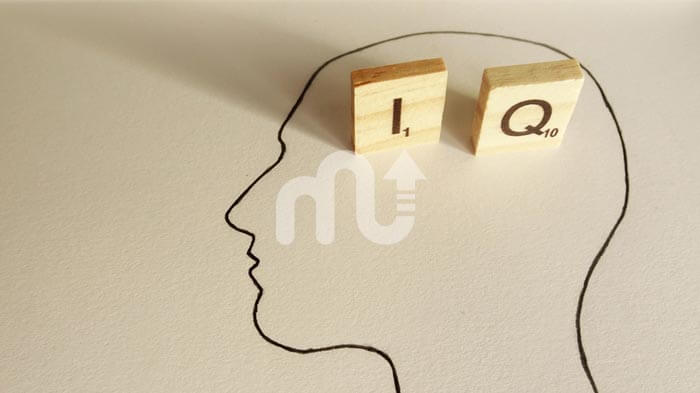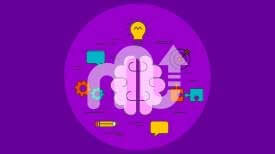What Is Spatial Intelligence?
As a parent trying to discover your kid's skills and characteristics, you are probably looking for a spatial intelligence definition online. According to the American Psychological Association (APA), spatial intelligence, also known as visual spatial intelligence, is the capability of mentally manipulating objects in space and imagining them in different locations and positions.
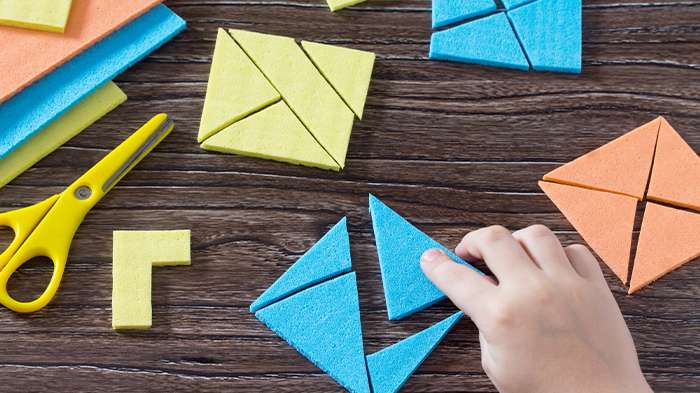
If you are wondering, “What is spatial intelligence?” and want to learn about your kid's spatial skills, then you are in the right place. In this blog, we’ve aimed to explain visual spatial intelligence or spatial awareness, which is one of the most important types of intelligence according to the Theory of Multiple Intelligences that Howard Gardner conducted.
Along with visual-spatial intelligence, Howard Gardner includes nine types of intelligence in his Theory of Multiple Intelligences:
- Linguistic-Verbal Intelligence
- Logical-Mathematical Intelligence
- Bodily Kinesthetic Intelligence
- Musical Intelligence
- Interpersonal Intelligence
- Naturalistic Intelligence
- intrapersonal Intelligence
- Existentialist Intelligence
Intelligence helps the human body solve problems and be intact with the world around them. So this theory explains which skills and abilities humans use to solve problems in accordance with their intelligence types.
While every type of intelligence includes specific skills and abilities, spatial visual intelligence skills overlap with all the other intelligence types in some way.
Visual-Spatial Intelligence Test
As visual-spatial intelligence skills are valuable in many real-world situations and can be improved with practice, it is essential to take a spatial intelligence test or an aptitude test to discover someone’s potential. In addition to that, you can test your kid’s or your own spatial intelligence with self-taken games designed to test visual and perceptual abilities with shapes, objects, and puzzles.
MentalUP is an award-winning app that offers so many spatial intelligence games for kids! 🤩
By downloading MentalUP, you can discover 150+ attention, logic, memory, visual intelligence, and language games in one app. 📲
This way, your kids can take advantage of improving their cognitive skills every day with the most beneficial and funniest games! 🚀✨
Characteristics of Visual-Spatial Intelligence
Intelligence is one of the most significant factors to determine someone’s characteristics. Thus, it is essential to know a kid's intelligence type and help them improve their skills and abilities accordingly. Typically, kids with visual-spatial intelligence share some similarities in terms of characteristics and learning styles.
Psychologist Linda Kreger Silverman, who is an expert on gifted children and spatial ability, states that kids with high spatial intelligence are “visual-spatial learners.”
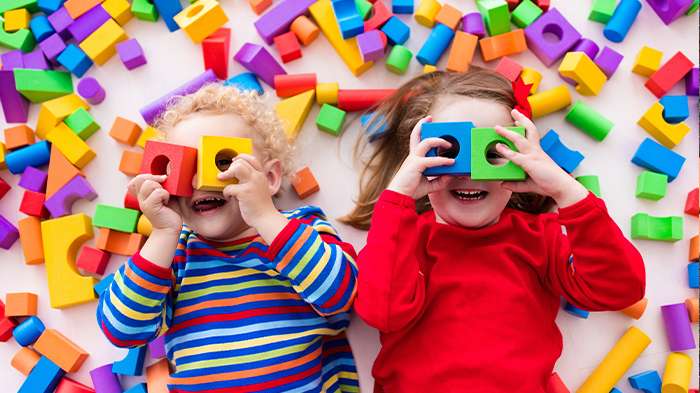
According to Silverman’s research, these whole-picture thinking kids can be defined with some key characteristics:
- They are able to grasp a concept all at once and see the whole idea before acknowledging the details.
- They have vivid imaginations and are often good at coming up with unusual or unexpected ways to solve problems.
- They learn more easily when presented with visual rather than auditory information.
- They think in pictures rather than in words.
- They find it hard to explain a step-by-step process since they view every process as a whole.
Spatial Intelligence Examples
Kids with visual-spatial intelligence or spatial awareness may be able to perceive, analyze and understand the visual information around them and use this information to solve problems and maintain their daily lives.
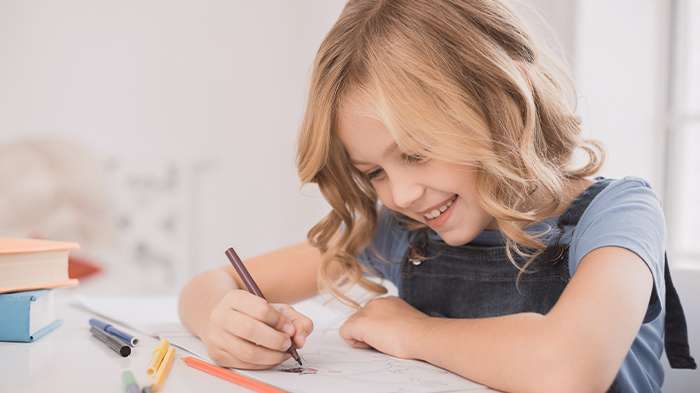
To be more precise, let's explain these kids' characteristics with some examples from their daily lives:
- Kids with visual spatial ability might be better at whole word recognition rather than phonics.
- While learning math, these kids perform better on manipulatives and story problems, instead of equations.
- They might be good at tasks related to shapes, patterns, and colors.
- As their ability to visualize is high, they can easily solve puzzles, put things together and describe or identify places.
- And of course, they enjoy drawing, painting, and visual arts.
If you think your kids have these signs of high spatial intelligence, you might think of supporting them with beneficial activities to improve their spatial skills.
8 Activities to Improve Spatial Intelligence
Whether your kid's visual spatial intelligence is high or not, it is necessary to support their spatial thinking skills as it affects their success in everyday tasks. Luckily, there are a lot of visual spatial intelligence activities that can help you discover and improve your kid's spatial intelligence.
1. Use Descriptive Spatial Language Every Day
Spatial language consists of words that describe the dimension of objects, locations, directions, and relations between objects. Using spatial language helps kids identify and understand spatial categories. In addition to that, it provides kids with classification experience and guides them to pay attention to the spatial environment.
| Descriptive Spatial Language Words | ||
|---|---|---|
| Above | After | Around |
| Away | Back | Behind |
| Before | Below | Beside |
| Between | Bottom | Close, closer, closest |
| Down | End | Far, farther, farthest |
| First | Forward | Front |
| High, higher, highest | In | Into |
| Inside | Last | Long, longer, longest |
| Middle | Near | Next to |
| On | Off | Out, outside |
| Over | Through | Top |
| Toward | Under | |
By using descriptive spatial language while communicating with your kid, you can help them improve their spatial skills.
2. Play Tangram Puzzles
Playing tangram puzzles is a great way to teach kids about spatial relationships and improve their visual ability.
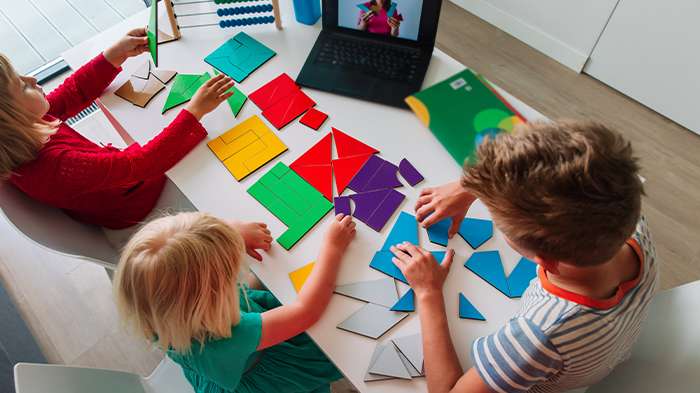
Including tangram puzzles in kids' daily activities may help them learn geometric terms faster, develop stronger problem-solving skills, and perform better on basic arithmetic tests.
Would you like to support your kid's spatial skills with fun and educational tangram games? 🙌
Discover MentalUP’s interactive tangram games and hundreds of more puzzles to improve your kid's spatial thinking skills and attention span! 🧩
3. Participate in Movement Games
Movement games can help kids increase their spatial skills related to memory, perception, language, attention, and decision making.
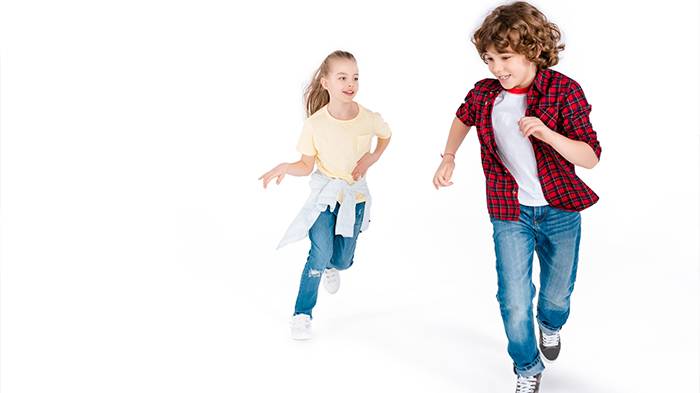
In addition to these benefits, playing movement games increases kids' readiness for school and builds a foundation for a healthy and active lifestyle.
If you are looking for fun movement games or exercises to improve your kid’s skills and abilities, we are here to help!
MentalUP’s fitness feature includes more than 240 gymnastics games to support your kid's mental and physical development. Get your child active with MentalUP’s fun fitness exercises to support their personal development!
4. Play Spatial Sports
Playing spatial sports improves kids' mental rotation skills, which enable humans to visualize two and three-dimensional objects within their minds. Thus, improving mental rotation with spatial sports directly affects kids' cognitive and behavioral skills.
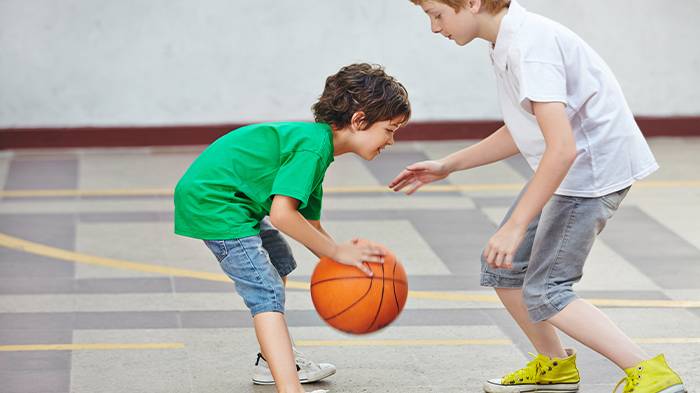
Basketball, soccer, baseball, and gymnastics are all good spatial sports, which include them among the most fun group games for kids to build a strong sense of body awareness and improve spatial skills.
5. Play Chess
Everyone knows that chess is a great game to challenge the human mind intellectually. In terms of kids playing chess, it is beneficial in many ways. Playing chess improves kids' concentration skills and enhances reading and math skills.

In addition, it significantly affects kids’ visual memory, attention span, and spatial ability.
6. Build a Memory Palace
Building a memory palace is a memory improvement strategy that was created thousands of years ago by Ancient Greeks. Basically, it is an activity to visualize familiar spatial environments and change these visualizations into images.
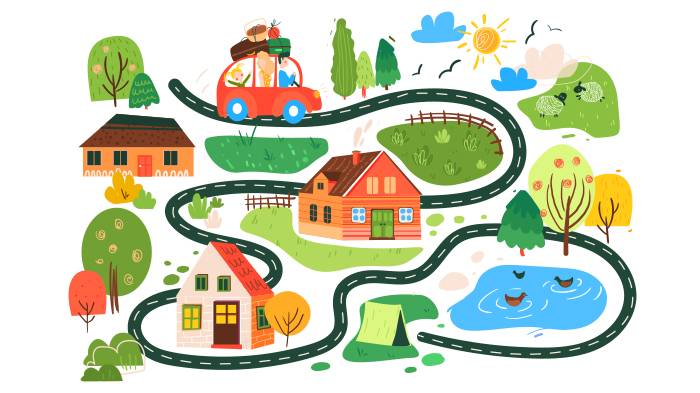
From record-holding memory champions to famous detective Sherlock Holmes, the memory palace method is used by many people to enhance memory skills. So it is a great activity to enhance kids’ memory and spatial skills.
7. Read Spatial-Rich Books
Reading books supports kids’ emotional and social development and helps them learn how to express themselves better.
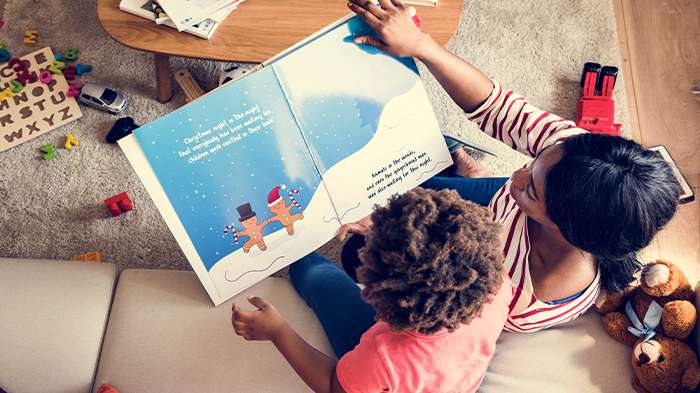
Moreover, books that include maps, illustrations, and scenes from various angles or perspectives can expand their spatial awareness.
8. Practice Origami and Paper Folding
Origami is the art of paper folding that unfolds many wonders. It is so beneficial for kids that it is included in the elementary school curriculum in Japan.
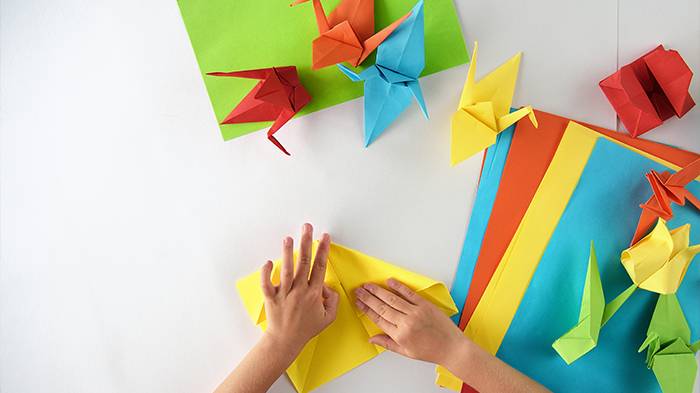
Together with improving kids’ spatial skills, doing origami also improves their thinking, analytical, creative, and behavioral skills.
6 Famous People with Spatial Intelligence
As stated before, people with high spatial intelligence can successfully perceive and derive insight from visual data. Throughout history, people with high spatial intelligence have built their careers as artists, designers, architects, photographers, and writers and become famous for their works. To better understand this cognitive process, take a look at some famous persons with spatial intelligence.
Examples of famous people with high spatial intelligence include
- Leonardo da Vinci: Da Vinci was an Italian polymath of the High Renaissance. He spent his life as a painter, draughtsman, engineer, scientist, theorist, sculptor, and architect.
- Vincent van Gogh: Dutch-based Post-Impressionist painter Vincent van Gogh was one of the most famous in Western art history.
- Alfred Hitchcock: British-American director Alfred Hitchcock was one of the most influential directors in the history of cinema. He directed more than 50 movies and worked actively for six decades.
- Frank Lloyd Wright: Wright was an American architect, designer, writer, and educator. He became famous as the creator and expounder of organic architecture by designing buildings that harmonize with their inhabitants and their environment.
- Georgia O’Keeffe: American modernist artist O’Keeffe was known for her paintings of enlarged flowers, New York skyscrapers, and New Mexico landscapes.
- Henri Matisse: French visual artist Matisse was known for his use of color and his fluid and original draughtsmanship. He spent his life as a painter, draughtsman, printmaker, and sculptor.
Spatial Intelligence Careers
Spatial intelligence might be beneficial in any career that needs planning, creating and problem-solving. Thus, career possibilities for kids with high spatial intelligence include:
- Architecture,
- Visual arts,
- Graphic design,
- Math,
- Engineering,
- Cartography,
- Psychology.
Now you have learned everything you need to know about visual-spatial intelligence, how it can be improved and how it will affect your kid's life.
We know that whatever their intelligence type is, every kid is unique and precious. Good luck on the way to discovering your kid's potential!
Discover your kids' potential and improve their skills with MentalUP! 🔍
The games of MentalUP are developed by pedagogues, academicians, and game designers. That's why all those games are so beneficial and aim to support kids' academic success. 🎓
Let's give a chance on MentalUP and determine your kids' strengths and sides to be improved! 💯



